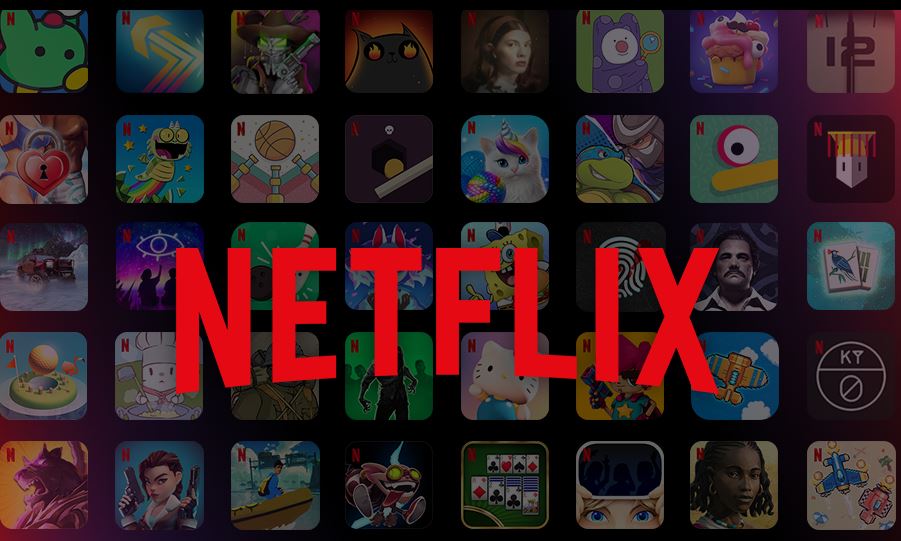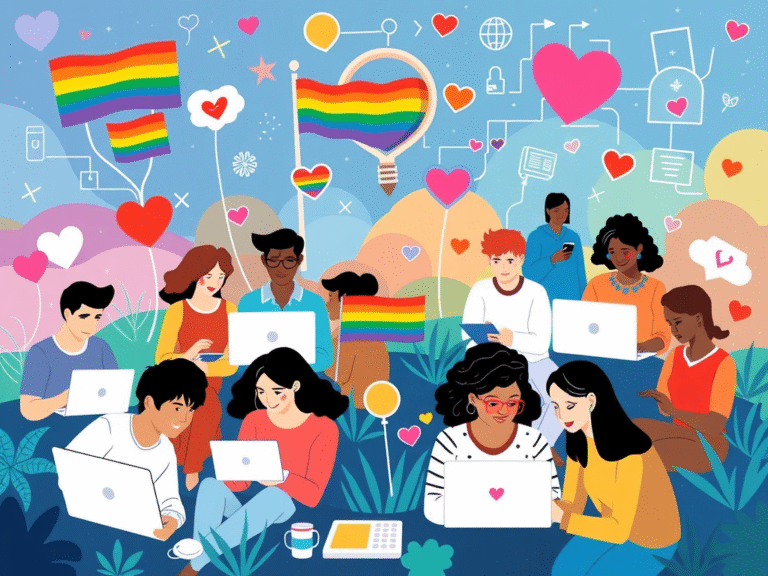📉 When Netflix Goes Down, the Internet Reacts
On May 30, 2025, millions of Netflix users across the U.S., Canada, and Asia experienced a frustrating surprise: the platform went offline during peak viewing hours. The hashtag #NetflixDown quickly surged on X (formerly Twitter), as confused viewers flooded social media with memes, complaints, and questions.
This wasn’t just a technical blip. It was a reminder of how deeply embedded streaming services are in our daily routines and how disruptive it can be when they stop working.

📺 Streaming Is More Than Just Entertainment
For many households, Netflix isn’t just a source of entertainment it’s the main event of the evening. Whether it’s winding down with a show after work or watching a new release with family, streaming platforms have become central to how we relax, connect, and stay culturally up to date.
A disruption like this impacts:
- Personal routines
- Social media trends
- Public trust
- Subscription decisions
When streaming is interrupted, so is part of our modern lifestyle.
📊 What Happened: The May 30 Netflix Outage
- Time of outage: Around 8 PM ET
- Regions affected: Primarily the U.S., with reports from Canada and Asia
- Service restored: Within a few hours (official Netflix statement pending at time of writing)
Users attempting to stream content received error messages or were stuck on the loading screen. While Netflix’s tech team scrambled behind the scenes, social media turned the glitch into a global conversation.
😠 Frustration Meets Humor: How Users Reacted
From clever memes to genuine complaints, the #NetflixDown trend quickly dominated X. Here’s what stood out:
- Humor as a coping tool: Users shared jokes and gifs about “rediscovering books” or “talking to family again.”
- Frustration over reliability: Many questioned how such a massive platform could go offline without warning.
- Increased brand scrutiny: Netflix’s response or lack thereof was a point of debate.
These reactions highlight a key truth: in 2025, users expect digital services to work all the time.
🧠 The Psychology of Trust in Streaming Platforms
When people pay for a monthly subscription, they’re not just buying access to shows they’re buying reliability. An outage breaks that unspoken promise. Even a short disruption can lead users to:
- Reevaluate whether a subscription is worth it
- Explore competitors like Hulu, Disney+, or Max
- Vent publicly, which can damage brand reputation
Trust is fragile and in the digital age, every minute counts.
🎯 What This Means for Streaming Services
In today’s competitive market, the cost of downtime is more than just technical it’s reputational.
Streaming services must:
- Invest in better infrastructure: Downtime should be rare and short.
- Improve transparency: Real-time status dashboards can keep users informed.
- Communicate clearly: Quick updates via social media show users they’re being heard.
- Consider goodwill gestures: Free days or content previews can restore user confidence.
🔮 Looking Ahead: Will This Change Anything?
As streaming platforms continue to expand globally, their margin for error shrinks. Consumers expect 24/7 access, seamless performance, and fast support. Outages like this serve as a wake-up call: it’s not just about what you stream it’s about how consistently you deliver it.
✅ Takeaway
Netflix’s May 30 outage wasn’t the first, and it won’t be the last. But it raises important questions about how we interact with digital platforms, and what we expect from the services we trust.
As technology becomes more deeply integrated into everyday life, reliability isn’t a luxury it’s a necessity.
💬 What do you think?
Have you ever changed platforms because of a service outage? Share your thoughts in the comments or join the conversation using #DigitalTourch.







